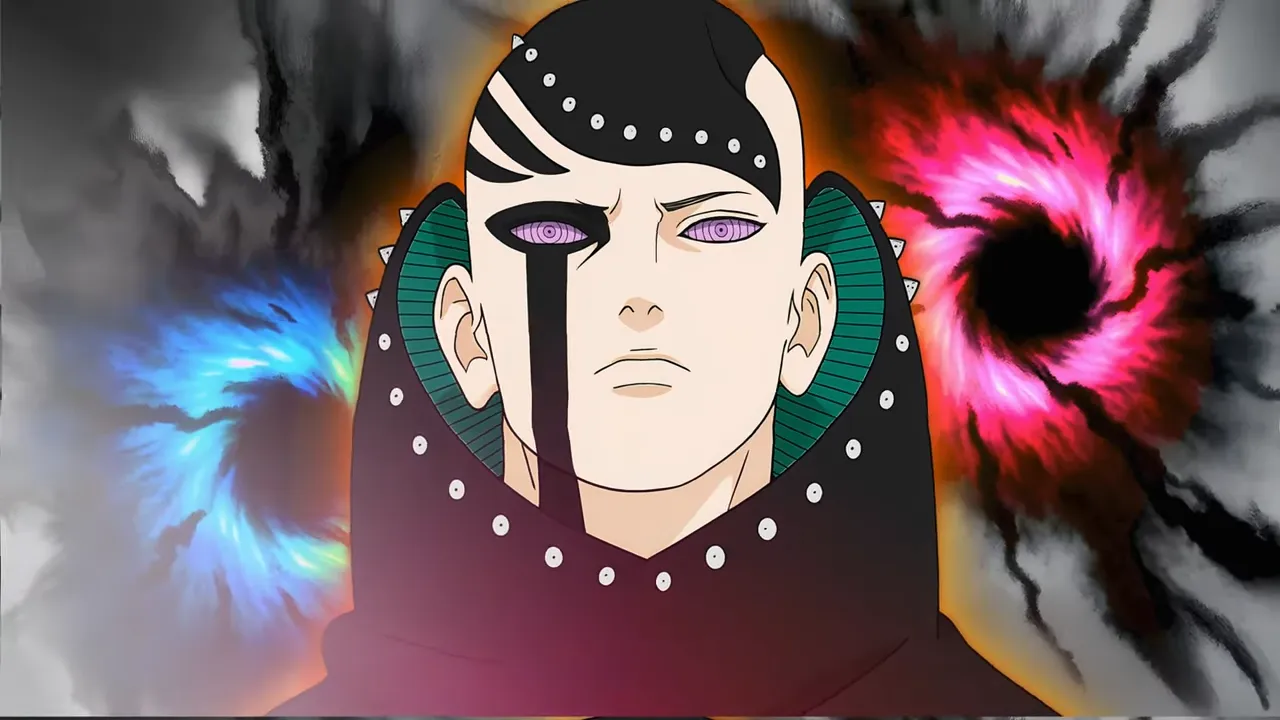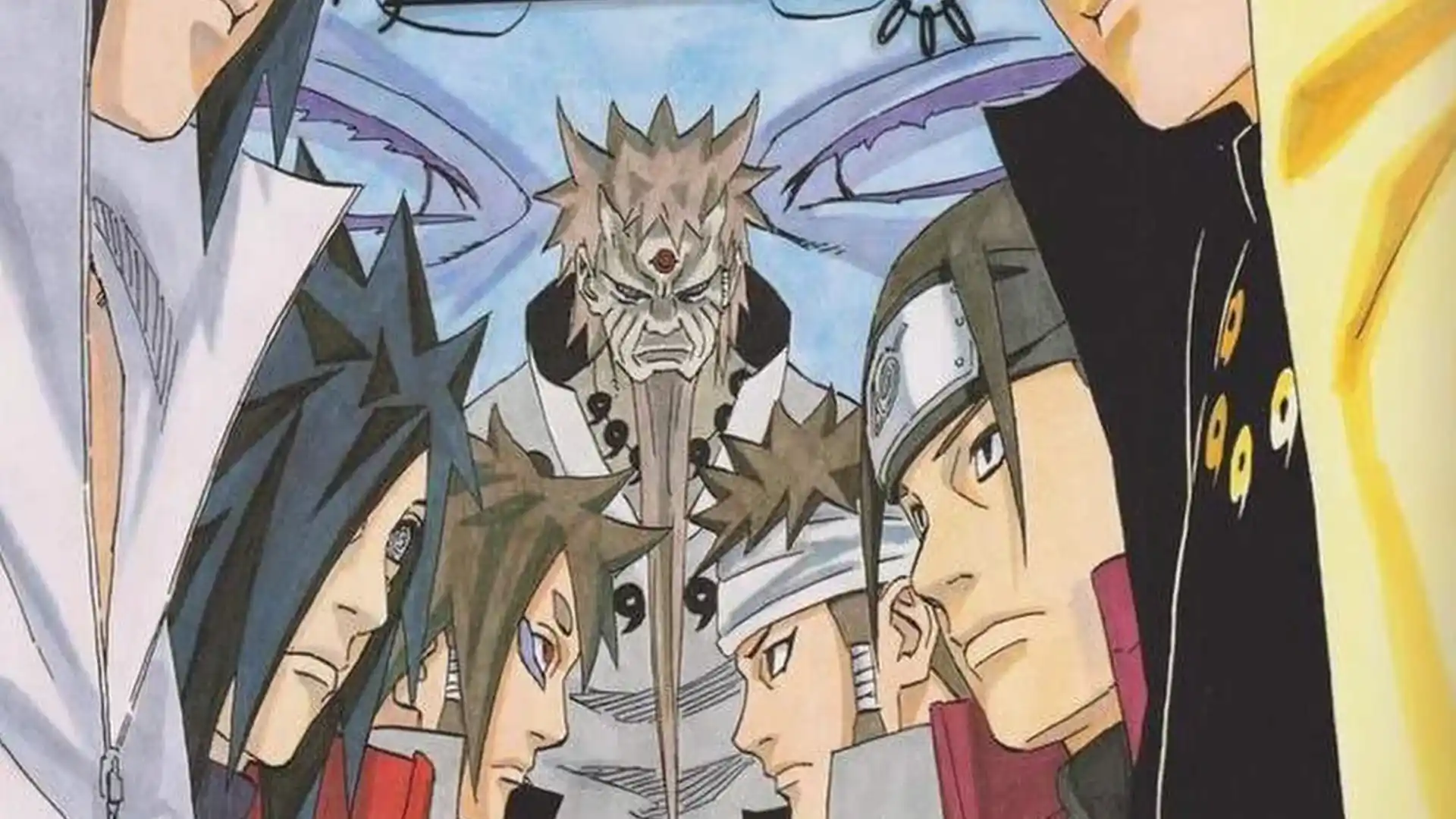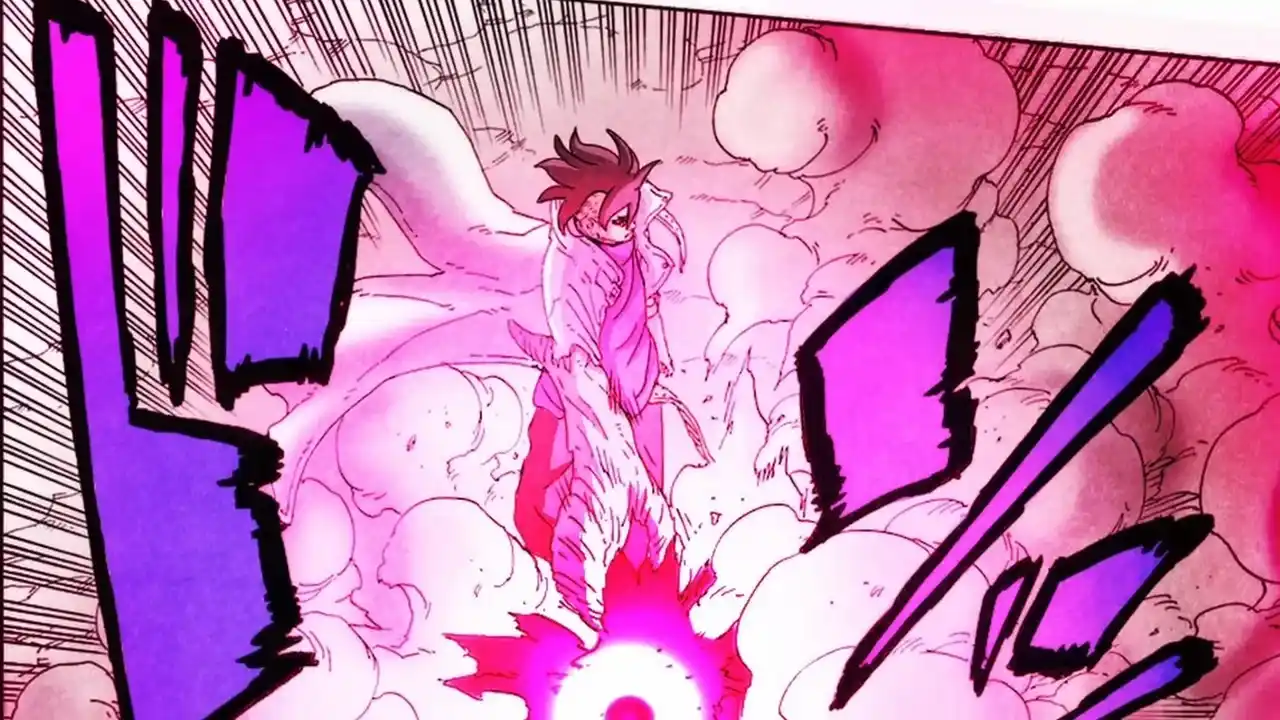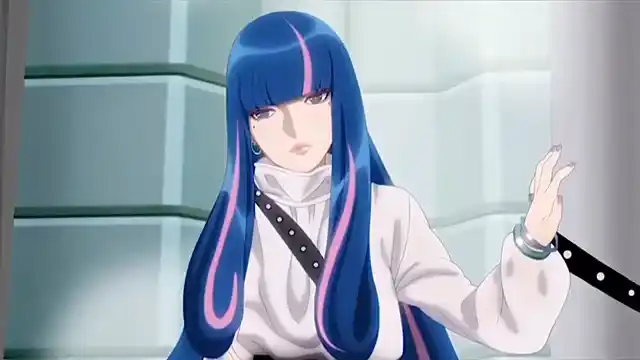The Cosmic Connection: Otsutsuki, the Ten-Tails, and the Rise of the Shinju
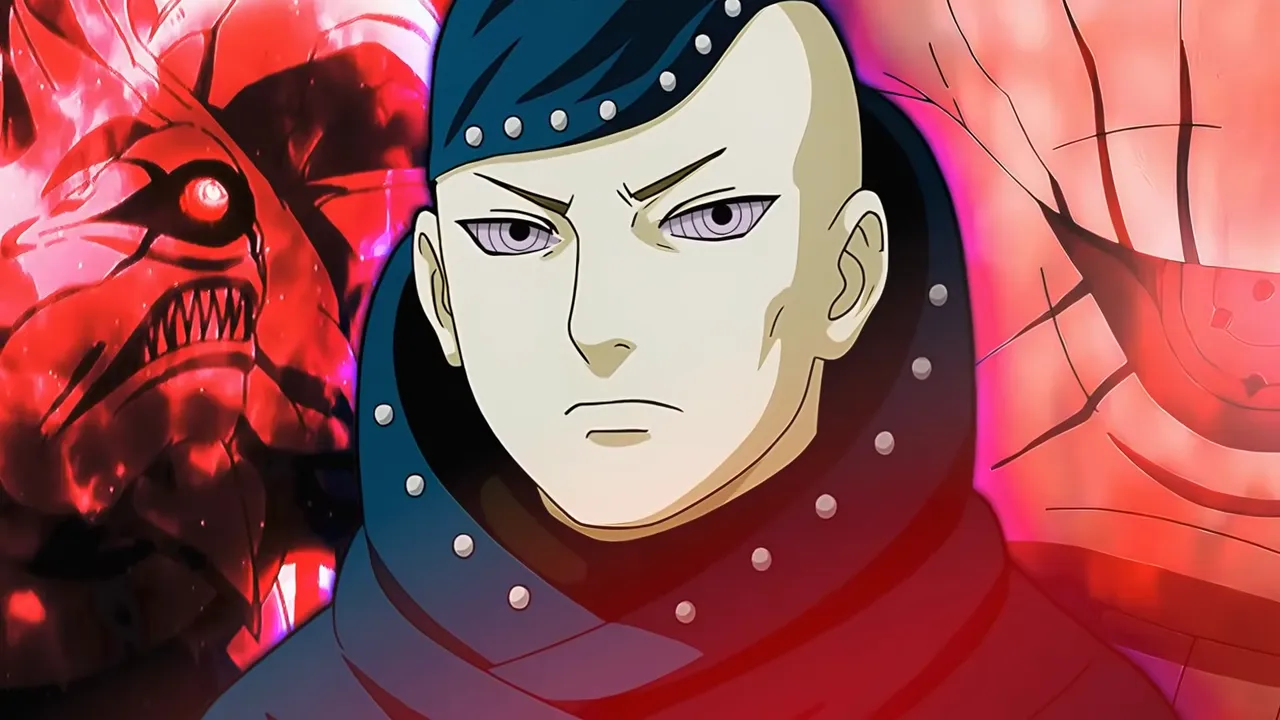
Boruto Two Blue Vortex Manga
I’m about to break down the entire connection between the Otsutsuki and the Shinju. This is gonna flip your understanding of both castes. Ever since the Otsutsuki clan first showed up in the Naruto universe, their motives were pretty clear. These godlike alien beings operated beyond normal morality, driven by one thing only: the cycle of planetary consumption.
By planting the Ten-Tails, they kickstarted a process to harvest all of a planet’s life energy to produce a chakra fruit. That process repeats over and over, with no hesitation and zero compassion. Even Kaguya, who at first seemed like an exception, eventually turned out to be part of the same system. Her actions weren’t driven by love for Earth or humanity — it was fear. Fear of her clanmates, and a desperate need for protection. She didn’t rebel against the order. She was just trying to survive inside it.
And that brings us to one of the weirdest questions in the entire franchise: how come not a single Otsutsuki with all their insane power and intellect ever tried to break this cycle? Why has none of them ever questioned the core of their mission? While the ninja world in Naruto kept trying to break the cycle of hate for generations, the Otsutsuki — supposedly way more advanced — are stuck in a basic survival-and-conquest loop. Their behavior isn’t progress. It’s stagnation.
No matter how advanced their tech, tactics, or powers are, they act like predators: efficient, cold, emotionless. And that makes them not just dangerous, but tragic in a way — beings with the potential to become something greater, but forever trapped in a basic dominance pattern. That’s the real threat: the Otsutsuki aren’t just stronger than everyone else. They’re incapable of change.
But the recent events in Boruto: Two Blue Vortex just gave us the missing pieces of the puzzle — the kind that might help us build a grand, logical theory about the origins of not just the Otsutsuki, but life itself in this universe. The arrival of new beings — the Shinju — and what we’ve learned about their nature might be the key to unlocking the entire cosmic hierarchy. So let’s try to connect the dots and build the creation myth of the Naruto world.
To understand where the Otsutsuki came from, we’ve got to start at the foundation with the most primal entity of all: the Ten-Tails. In Naruto, the Ten-Tails is portrayed as pure, unrestrained natural energy. It has no consciousness, no ego, no personality. It’s a biological terraforming machine, running purely on primal instinct. It doesn’t think, dream, or reflect — it just exists to consume. If we were to compare it to Freud’s psychology, the Ten-Tails is the perfect embodiment of the Id: that primitive, instinctual part of the psyche that wants instant gratification — in this case, hunger.
The newest chapters of Boruto expand on this concept brilliantly through the introduction of the claw grimes. These beings are fragments of a juvenile Ten-Tails, and their behavior is the purest form of blind instinct. We see them randomly lashing out at anything that moves, desperate and unaware, hoping to stumble upon an Otsutsuki.
Most of the time they’re wrong — they attack regular people and end up turning into defective, incomplete divine trees. Personally, this instantly reminded me of Attack on Titan, where the mindless pure Titans instinctively devour humans, hoping to accidentally eat one of the nine shifters and regain their humanity. The parallel fits perfectly: the Ten-Tails isn’t a thinking being — it’s chaotic, hungry energy. The primordial soup of the universe.
So how could something like the Otsutsuki emerge from that chaos? My theory — inspired by evolutionary biology — is that the Ten-Tails is a proto-lifeform, and the Otsutsuki eventually evolved from it. Most likely, once the Ten-Tails absorbs enough planetary energy and chakra, it reaches a kind of critical mass that causes a qualitative shift in its energy — producing a sentient being: an Otsutsuki.
It’s kinda like how, back on Earth, single-celled organisms started consuming one another, which eventually led to the emergence of complex multicellular life. Kaguya’s story indirectly supports this link — she merged with the Ten-Tails and became its jinchuriki, and her sons, Hagoromo and Hamura, inherited that connection, becoming the first humans with chakra.
If the Ten-Tails represents the raw Id, then the Otsutsuki are the next logical evolutionary step — the Ego, in Freudian terms. The Ego is the rational, conscious part of the psyche that tries to satisfy the Id’s desires, but in a calculated, socially acceptable way — or in their case, through the clan’s hierarchy. There’s no doubt the Otsutsuki are intelligent.
They plan centuries ahead, strategically select planets, cultivate divine trees, and deliberately consume chakra fruits to evolve. But their intelligence is limited. No matter how advanced their moves are, they’re still driven by one basic urge — the craving for power and eternal life through energy absorption.
They’re not searching for self-awareness, spiritual enlightenment, or any form of creation. Their goal is endless amplification. In Boruto, we see this in Isshiki: he’s cunning, manipulative, and plays the long game — but his final goal is just as primitive as the Ten-Tails’. Make a chakra fruit. Eat it. That makes the Otsutsuki a kind of “smart predator.” Like a pack of hyenas, they can work together and use complex strategies, but they’ll never break out of that instinct-driven survival mindset.
And this is where we hit the most mind-blowing reveal in Boruto: Two Blue Vortex — the Shinju. These beings, created by Code from Ten-Tails fragments using Shibai Otsutsuki’s shinjutsu, are the peak of this evolutionary chain. They show a level of intelligence, self-awareness, and emotional depth that the Otsutsuki could never reach.
The Shinju are the “Super-Ego” in Freudian terms — the moral, ethical, and reflective part of the mind that reaches for ideals and self-analysis. The best example is their leader, Jura. He doesn’t just want to consume Himawari because she carries Kurama’s chakra. He wants to understand why he feels this overwhelming biological pull toward her. His actions are driven not just by instinct, but by genuine scientific curiosity — a desire to understand himself and his place in the universe.
This contrast with the Otsutsuki is just mind-blowing. Think about Momoshiki or Isshiki — they would never stop to question the meaning of their actions. For them, it’s all about the goal. But Jura, as we’ve seen in the manga, actually reflects on his mission and even refuses to kill Boruto because it doesn’t align with his main objective — the pursuit of knowledge.
The Shinju don’t just seem to be seeking power — they’re after answers to deep, existential questions: Who are we? Why do we exist? What’s our purpose? The emotional range of the Shinju is also insanely complex. Matsuri, one of them, shows complicated, conflicting feelings toward Konohamaru — a mix of love and hate. That alone makes her feel way more “human” than any Otsutsuki we’ve ever seen. And honestly, it leaves me torn. As shown in Shinju can be befriended, Konoha’s side characters manipulate these conflicts—Matsuri and Konohamaru share a tragic complexity.
On one hand, the Shinju are a massive threat. But on the other, their quest for self-understanding makes them tragic, even sympathetic. They’re like beings caught between godlike potential and almost human weaknesses. Maybe the Shinju aren’t just the next step in evolution — maybe they’re what the Otsutsuki always strived to become, but could never reach.
Shibai, the one who supposedly ascended to a higher plane after achieving nirvana by consuming thousands of chakra fruits, was probably the first to break that instinct-driven barrier. And now, his divine shinjutsu, fused with the primal matter of the Ten-Tails, has created beings that are closer to enlightenment than they are to predation from the very beginning.
What makes Jura even more unique and important is his potential role as a witness to the ages. Unlike the other Shinju, who seem to have inherited only the egos and desires of their “prototypes,” Jura is the embodiment of the Ten-Tails itself. That means he might not just possess power — he might have memory. His memories could stretch back thousands of years, to the time when he, as part of the Ten-Tails, silently observed the arrival of all the Otsutsuki on Earth.
Just imagine the scale of that. I get chills just thinking about it. Jura could’ve seen Kaguya and Isshiki land on the planet, watched them make their plans. He could’ve witnessed Momoshiki and Kinshiki in action. And the most intriguing part? He might have seen the arrival of that mysterious, still-unidentified partner of Kaguya or Isshiki — the one no one has mentioned in Boruto so far. Jura could be the first to uncover that secret.
That would be a massive story twist! His knowledge could be the bridge to uncovering the origins of divine shinjutsu and even the true nature of Shibai. Emotionally, it’s a powerful move: a creature that for centuries was nothing more than a soulless tool in the hands of gods gains consciousness and a voice — and now has a story no one else can tell.
It’s like if an ancient pyramid suddenly started speaking and revealed the secrets of the pharaohs. No wonder the manga shows Jura studying books in the library. And I highly doubt he’s interested in Jiraiya’s romance novels. He’s probably absorbing the entire history of the shinobi world, trying to match it with his own memories and understand how humanity fits into the story of the Otsutsuki. That doesn’t just make him a villain — it makes him the key to every mystery.
Now let’s touch on two more intriguing threads that are tightly connected to this theory. In the Boruto manga, Amado revealed that he used Shibai’s genetic material to modify the Kara cyborgs. But what exactly are these “remains”? One popular fan theory says that the giant container Isshiki used to store the Ten-Tails is actually Shibai’s eye.
It sounds crazy, but the visual resemblance to a giant eye covered in dojutsu symbols is hard to ignore. Personally, though, I lean toward a different theory. What if Shibai’s remains aren’t physical at all — but something more metaphysical? Like his genetic code encoded into those Otsutsuki sigil tablets. Every Otsutsuki duo leaves behind sigils containing their genetic imprint when they arrive in a new world.
What if Isshiki, desperate to claim his master’s power, destroyed Shibai’s sigils, extracted the DNA, and handed this divine code to his genius scientist Amado for research? That would perfectly explain why Amado has such deep, almost godlike knowledge of shinjutsu and Otsutsuki tech. He literally held a piece of a god’s code! Just the thought gives me chills. A mortal scientist with access to a divine library — now trying to use that knowledge to rewrite the fate of the world.
And that brings us to one of the most exciting mysteries: the origin of senjutsu. In Naruto, we were told this technique uses natural energy. But what if “natural energy” itself came to Earth because of Shibai? My theory is that senjutsu is nothing more than a mortal attempt to imitate the divine shinjutsu of the Otsutsuki. When Shibai ascended and left his physical body behind, his immense energy didn’t just vanish.
It remained, soaking into the planet and becoming what we now call “natural energy.” That would explain why the Great Toad Sage Gamamaru could have prophetic dreams — his chakra was interacting with this divine echo. It would explain how Hagoromo became the Sage of Six Paths. And it would explain why Boruto, as an Otsutsuki, can use techniques like Uzuhiko, channeling the rotational energy of the entire planet. He’s instinctively tapping into a source way more powerful than what regular shinobi can access.
That idea blows my mind. Shibai didn’t just vanish — he left behind a legacy that reshaped the world forever. And that legacy might just bring about the end of the shinobi era.
Jura, by studying history and carrying the Ten-Tails’ memories, might come to a devastating conclusion — that the shinobi system itself is flawed. That it’s built on endless cycles of love, hate, betrayal, and war. And if he shares that revelation with Kawaki — especially in a moment of defeat — it could change everything. For Kawaki, whose only goal is to protect Naruto at any cost, that idea might be the final straw.
He might realize that as long as the shinobi system exists, with its constant conflicts, Naruto will never truly be safe. And that might be what pushes him to make the fateful decision we saw at the beginning of Boruto — to destroy the shinobi era.
So there it is, folks. We’ve just built an entire cosmogonic theory connecting the Ten-Tails, the Otsutsuki, and the Shinju into one evolutionary chain. From mindless instinct to rational predation, and finally, to self-awareness and the search for meaning. We’ve proposed that Jura is a living archive of this world, and that Shibai’s legacy is at the heart of what we call natural energy.
But that’s just one theory. What do you think? Do you agree with this evolutionary model of Id, Ego, and Super-Ego? Or do you think the origins of these beings lie elsewhere? What do you think Shibai’s remains really are, and what role is Amado playing in all this? Do you believe the Shinju, with their capacity for reflection and deep emotion, could eventually become humanity’s allies — or are they doomed to remain enemies? And what secrets do you think Jura hopes to uncover in Konoha’s books?
Let’s dive into these incredible mysteries of the Naruto and Boruto universe together!

